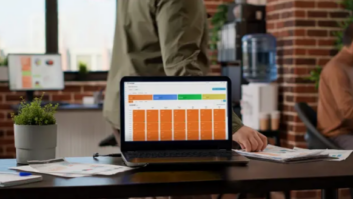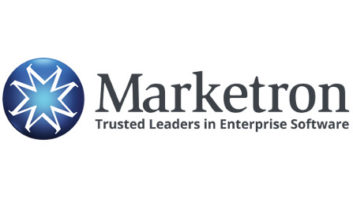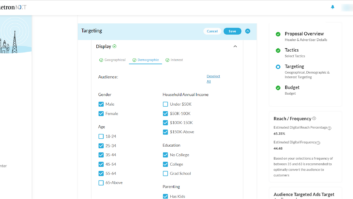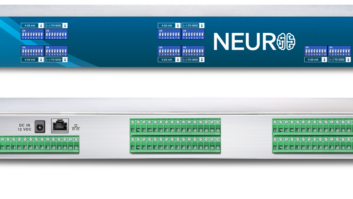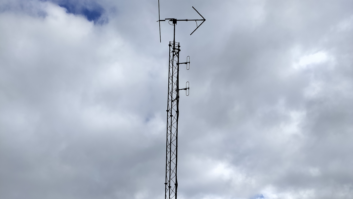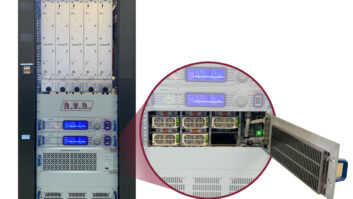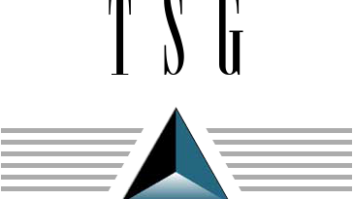
Broadcast advertising software provider Marketron says it is launching Mediascape Marketplace to 2,900 of its stations this week. The Mediascape Marketplace will offer the ability to purchase inventory, schedule it and deliver creative in real time, Marketron says.
Marketron developed this platform in 2014 and first demonstrated it in May of this year. Radio World reached out to Marketron CEO Jeff Haley to learn more.
Radio World: What exactly is Mediascape Marketplace and whom does it serve?
Jeff Haley: Mediascape Marketplace is the first programmatic spot trading platform for radio. It serves over-the-air broadcasters and their advertisers by automating part of the trading process and making it easier to buy radio.
RW: Your announcement calls it “the first working programmatic exchange for radio.” Explain.
Haley: There are a lot of announcements out there about exchanges being built in the future, but ours is here and ready today [Monday, Nov. 2, 2015].
RW: How does your system compare in scope and features to others in the marketplace?
Haley: There are some network platforms in the marketplace. The Mediascape marketplace is seller centric and helps trade spot inventory in a manner that is seamless with Marketron’s suite of other tools serving nearly 7,000 stations across the US and Canada.
RW: People working in radio sales are watching the “programmatic” space and trying to keep things straight in their heads. How does Mediascape Marketplace compete with, or interact with, other developing systems such as Expressway from Katz?
Haley: It would not be unusual to have multiple exchanges serving radio. The interactive space has dozens. The Mediascape Marketplace is best thought of as an incremental sales channel that is a highly efficient means to transact radio. We welcome competition from other entrants in this space when their platforms are ready.
RW: What’s the most common question or concern you’re hearing from people about programmatic tools for radio?
Haley: I think broadcasters are interested in experimenting with this new channel. I have not heard concerns that would prevent them from doing so.
RW: You did a demo in May in which Aloft Hotels used a demand-side platform to purchase ad inventory from Hubbard via your platform. What did you learn in that process that users should know about?
Haley: We learned that our process worked as a proof of concept but needed streamlining and an easier interface for people to manage their inventory with. We’ve accomplished that and are excited about where our product is today.
RW: Your announcement mentions data from individual broadcasters as well as integrations with Nielsen, Strata, Mediaocean and Synchronicity. What role do those entities play?
Haley: All of these entities can add value by delivering data, or in the case of Synchronicity, content. Nielsen can provide audience data, Mediaocean and Strata would be media planning tool integrations.





